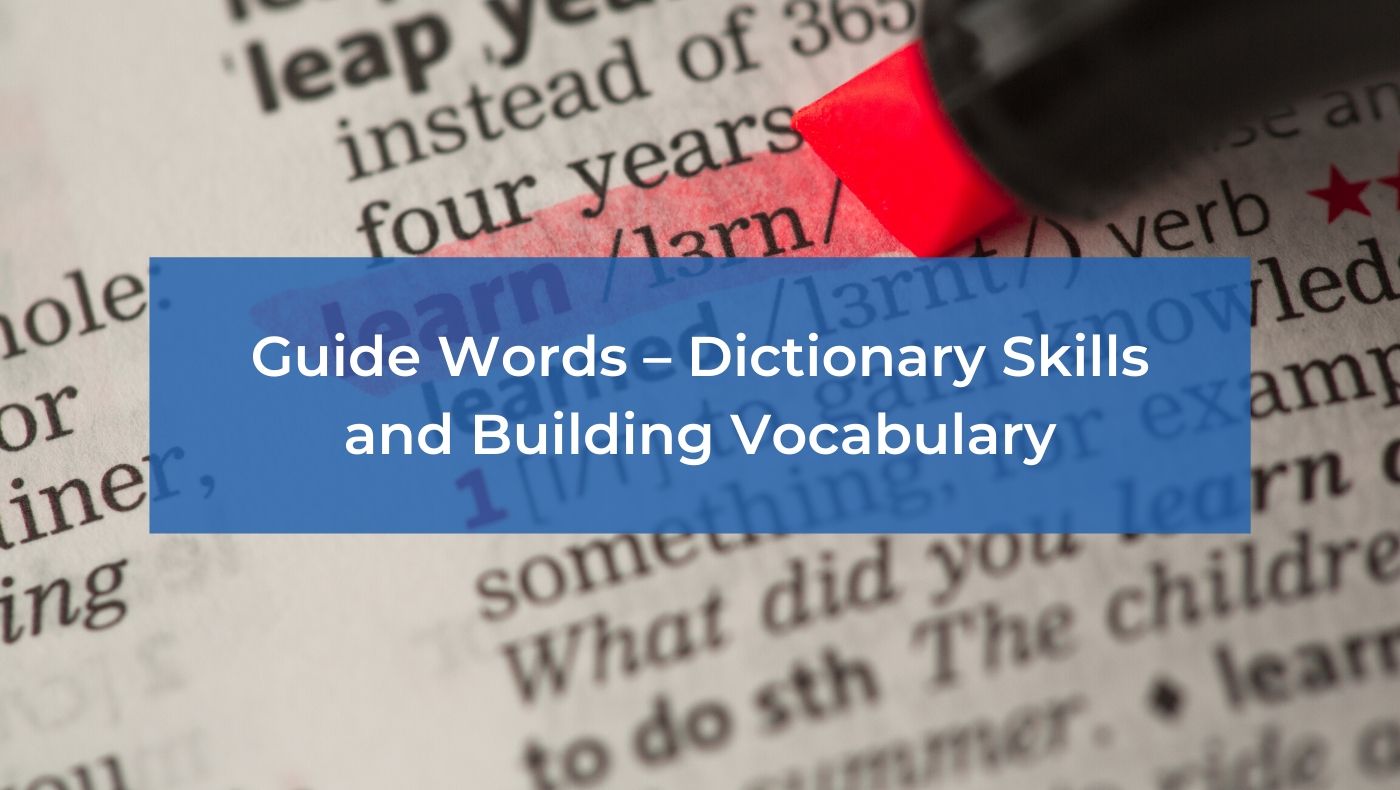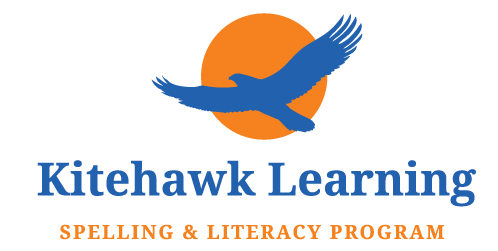
The Guide Words Activities develop the important dictionary skill of being able to find words quickly. The aim is to help students quickly find new words or different meanings of words. The habit of using a dictionary (preferably a printed version) is vital to the ability to learn, and to learn independently.
The Kitehawk Program uses guide words to expose students to uncommon words and also to develop their vocabulary. Some hopefully unfamiliar words are purposely included in Programs 3, 4 & 5, that will require students to refer to a dictionary.
The Oxford Australian School Dictionary seems well suited for Programs 3, 4 & 5 because it contains Latin and Greek roots. A few higher-level dictionaries should be available in each classroom, so that students can find less common words for meaning, stress, syllables and pronunciation. Many words students encounter are not found in basic school dictionaries.
In addition to the Activities in the Online Program, and the exercises in the workbooks, other dictionary skills need to be taught for independent learning.
Activities – Estimating the position of a word in a dictionary
Teach students to estimate where a word will be found in a dictionary.
For example, if you open the dictionary in the middle you will find l, m, n and o. If you open the dictionary at the first quarter you will find d and e. If you open the dictionary three quarters of the way through the dictionary, you will find r and s.
A good exercise to develop this word finding skill is to see if students can find a given word (write it on the board), by not opening the dictionary more than four times.
Other exercises seeking information can develop dictionary skills:
They are:
- Using the index in an atlas to find place names.
- Using the index in a recipe book to find their favourite recipes. There may be some lying around unused at home.
- Using the index in a gardening book.
Study the information on a page in the dictionary
Photocopy a page from a good student dictionary and give a copy to each child and explain the features on the page.
- The two words in bold at the top of the page are guide words. They tell you the first and last words on the page. The guide words should be used first, to ensure the student is looking on the correct page for the word.
The entry for a word should contain:
- The root or base word, sometimes called the headword included with this listing.
- The part of speech. Whether the word is a noun, verb, adjective, etc.
- How the word is pronounced, showing which vowels are stressed
(e.g., ‘ha / mmer – the first syllable ‘ha is stressed).
- Sometimes the syllables within a word are shown, separated by a dot (e.g., ca٠ttle).
- The Greek or Latin origin of the word, and
- Most importantly, the various meanings and spellings of the word.
Arrange the books on a shelf in alphabetical order by title or by author.
In this activity each student can rearrange the order of stacking.
